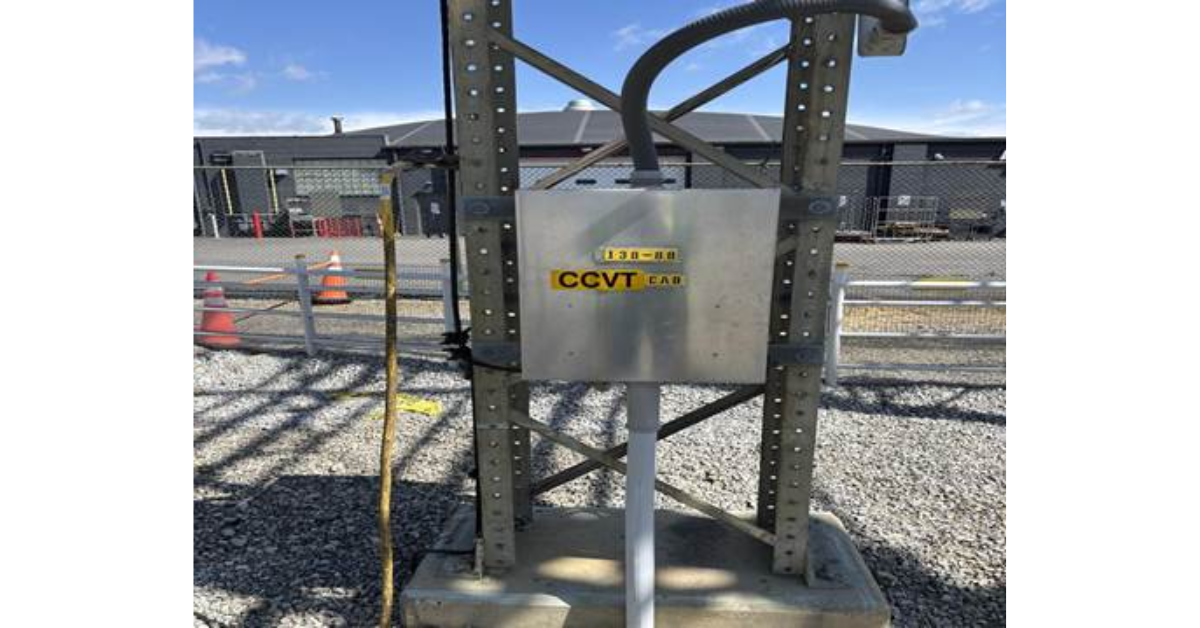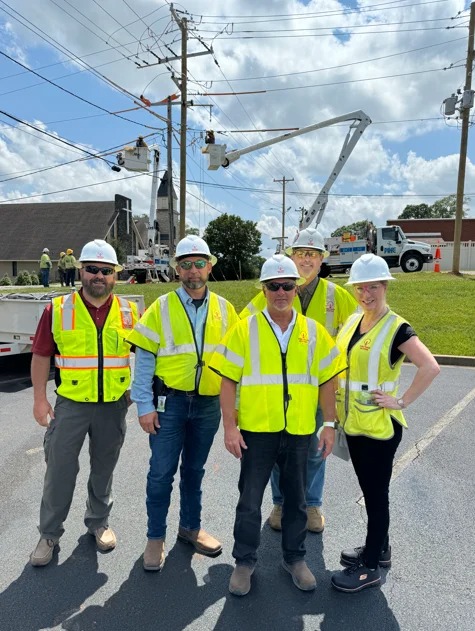

Customer
AEP
Location
Hess Station, West Virginia
Highlights
-
Switching Error Averted Through Label Verification
-
Model for Interdepartmental Risk Mitigation
-
Catalyst for Broader Labeling and Diagram Audits
Avoiding Switching Hazards Through Accurate Cabinet Labeling at Hess Station
The Challenge
- Unintended exposure to energized components
- Improper clearance issuance
- Risk to worker safety during switching and maintenance
The Solution
- TDC reviewed the one-line diagram, identifying the cabinet as a CCVT (Capacitor Coupled Voltage Transformer), which does not back feed.
- The clearance was delayed until multiple departments validated the cabinet’s function, confirming that it was safe.
- The cabinet was temporarily relabeled “CCVT Cab” on-site to prevent confusion, with plans for permanent relabeling to follow.
Key Benefits
- Improved Label Accuracy: The event exposed the need to align physical labels with one-line diagrams to ensure operational clarity.
- Risk Avoidance: The delay and verification process ensured no assumptions were made, preventing a possible switching error.
- Enhanced Interdepartmental Collaboration: The resolution required clear communication between field personnel, dispatch, and engineering.
- Process Improvement Opportunity: Triggered follow-up for broader station labeling audits and updates.
The Results
- The mislabeled cabinet did not lead to any incident, thanks to proactive identification and verification.
- The event is now cited as a lesson in labeling consistency and communication before clearance execution.
- The temporary label served its purpose until a permanent fix could be applied, keeping field operations aligned with control room documentation.








